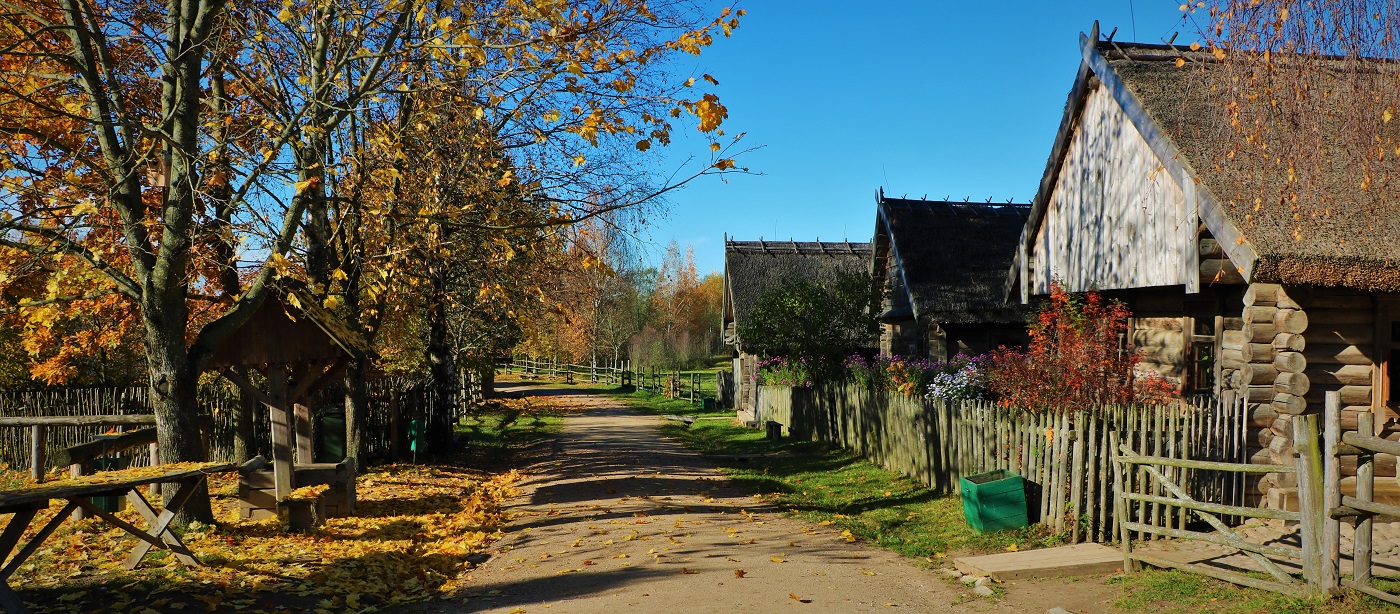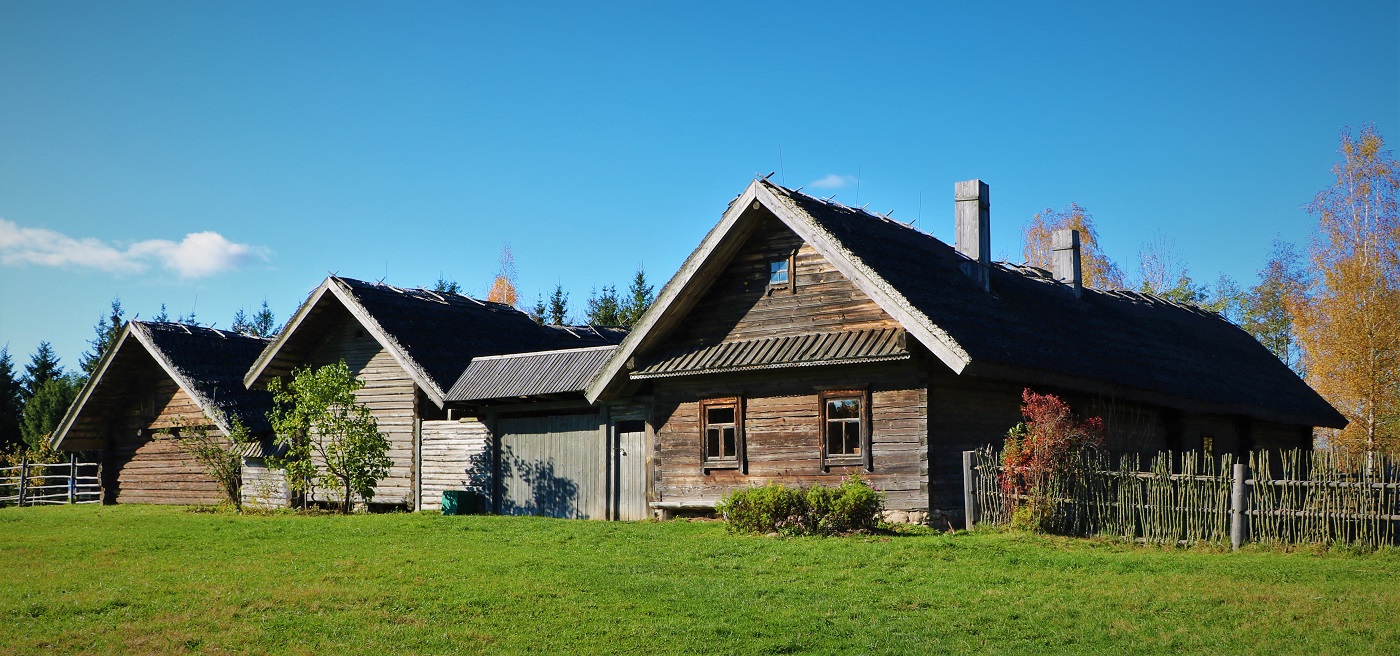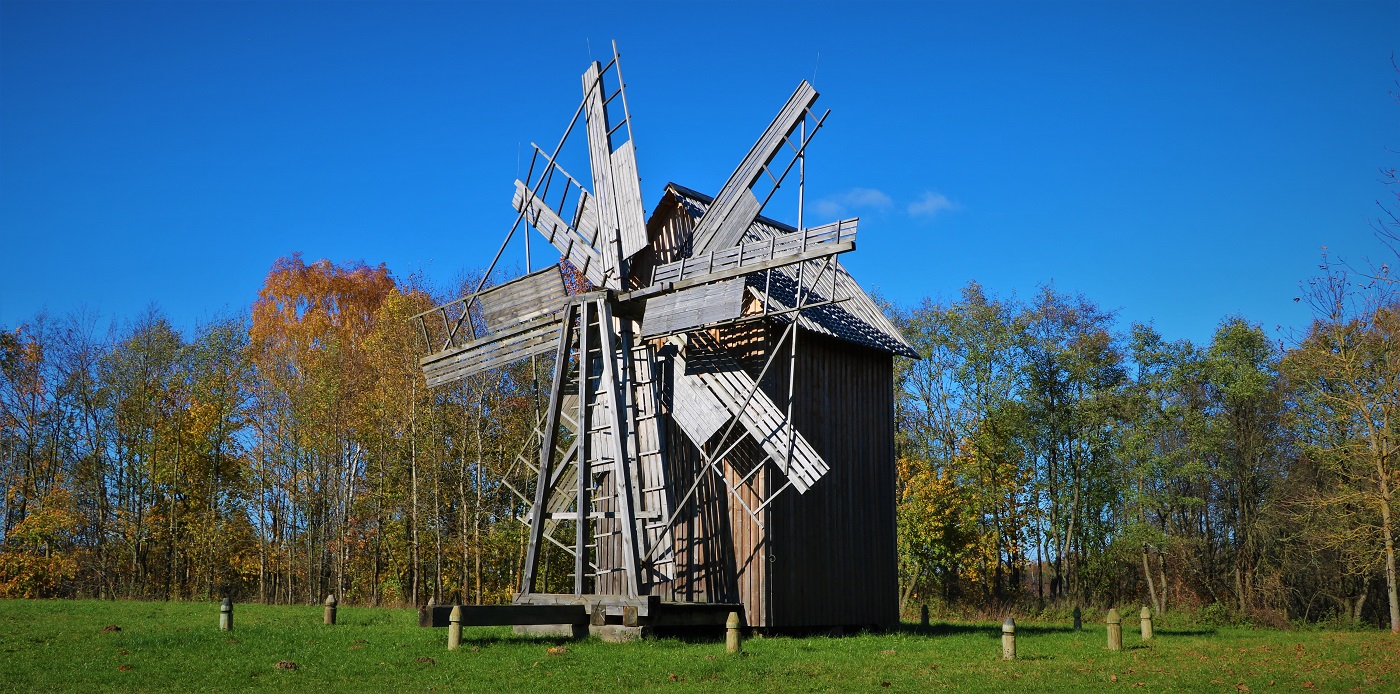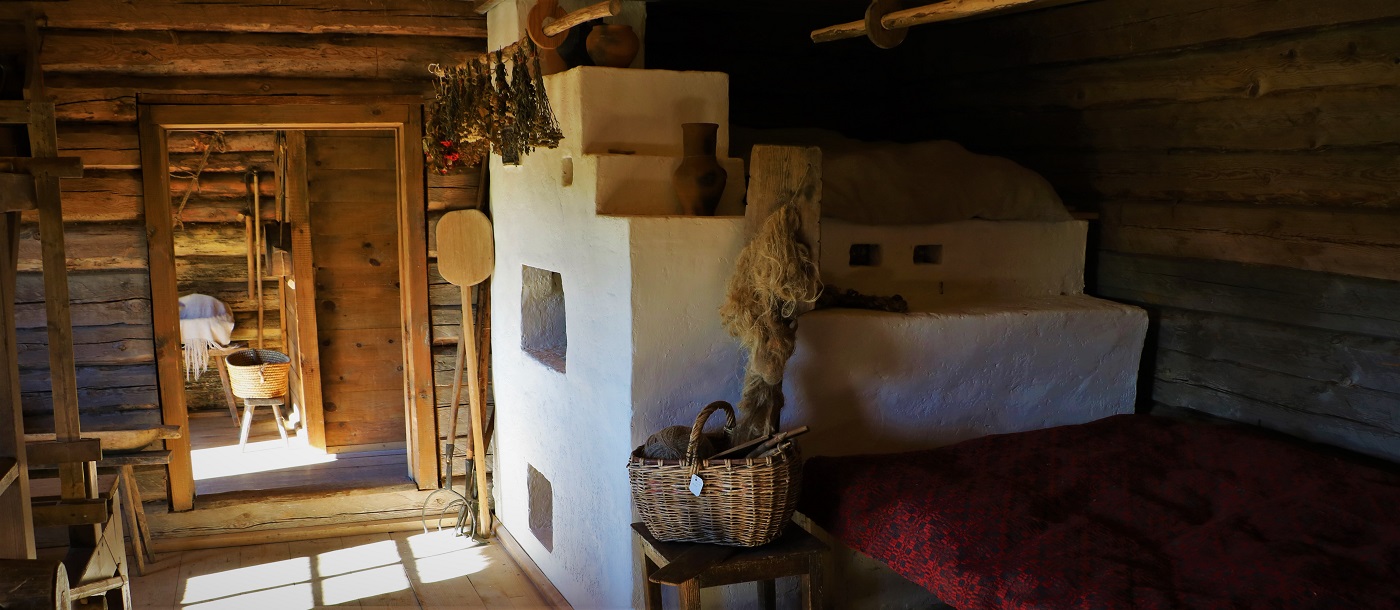Belarusian State Museum of Folk Architecture and Rural Lifestyle is an open-air museum that provides visitors with a completely unique opportunity to plunge into the atmosphere of the past centuries and get acquainted with the traditional Belarusian architecture of the 18th and 19th centuries, as well as with the life of Belarusians at the turn of the 19th and 20th century. This museum is widely known among Belarusians under the name “Stročyca”, although this word does not even sound in the official name of the museum. The fact is that the Belarusian State Museum of Folk Architecture and Rural Lifestyle is located between the villages of Stročyca and Aziarco. Both villages are in the Minsk district of the Minsk region of Belarus. Geographically, most of the museum's exposition is located closer to the village of Stročyca, but the museum is separated from this village by the Ptsich River. Therefore, the entrance to the museum is carried out only from the direction of the village of Aziarco.
The Belarusian State Museum of Folk Architecture and Rural Lifestyle was founded near the village of Stročyca in 1976. This open-air museum presents examples of folk wooden architecture from different regions of Belarus. All architectural monuments in the museum are authentic old wooden buildings that were transported from different parts of Belarus, collected on the territory of the museum, and carefully restored. Among the architectural monuments presented in the museum, there are several churches (Uniate, Orthodox, Catholic), many peasant houses and several mills. There is also a school, a chapel, a bell tower, a farm, a bathhouse, a tavern, and many outbuildings and industrial buildings of various profiles and purposes. The churches on display in the museum were built in the 18th century. The rest of the architectural monuments were originally built in the 19th century, with single buildings dating back to the early 20th century.
In total, the museum's exposition contains more than 25 monuments of Belarusian folk wooden architecture of the 18th - early 20th centuries. At the same time, traditional interiors have been restored very soundly and with high quality in the monuments. The interiors of the buildings include complete sets of matching furniture, as well as antique household items and tools. The exposition of the museum is based on the creation of separate sectors in accordance with the conditional division of the territory of the Republic of Belarus into six historical and ethnographic regions: Central Belarus, Dnieper river region, Lake’s region, Neman river region, Eastern Polesie and Western Polesie. However, only three exposition sectors are still functioning in the museum: “Central Belarus”, “Dnieper river region” and “Lake’s region”. Each of these sectors is a fragment of a typical settlement of the late 19th century with buildings typical of the region. Small architectural forms, such as fences of various types, benches, and wells, as well as green spaces, give the final look to the exposition compositions. Moreover, there are several additional exhibitions on the territory of the museum. At the same time, work on the creation of the Belarusian State Museum of Folk Architecture and Rural Lifestyle continues, it is planned to expand the exposition, the existing monuments are maintained in good condition.
The exposition sector “Central Belarus” is the first to meet visitors and includes the largest number of different elements (tavern, barn, smithy, chapel, Uniate church, school, mill and two rows of peasant houses and outbuildings with linear construction of courtyards). The next exposition sector is “Dnieper river region”. This sector includes several houses with outbuildings, an Orthodox church, and a mill. It is characterized by a dense closed (wreath) building of peasant farms, when residential and farm buildings are located very tightly to each other around a small courtyard. The last exposition sector on the way of visitors is “Lake’s region”. This sector is represented by a small village and a separate hamlet with a bathhouse - two types of settlements characteristic of the region. At the same time, the village includes several houses with outbuildings, a Catholic church with a bell tower, and a unique mill of a special double design, which is capable of independently turning in the direction of the wind.
The Belarusian State Museum of Folk Architecture and Rural Lifestyle is in an area with an interesting landscape. The fact is that a prerequisite for the location of the exposition sectors inside the museum is the reflection of the natural and geographical features of the corresponding region. The landscape of the museum is like a miniature Belarus. There are high hills, green meadows, fields, frequent forests of various types, a river, there is even a lake nearby, but it is not part of the museum, and the banks of the river in some places are small swamps. The Belarusian State Museum of Folk Architecture and Rural Lifestyle is a great place to relax and an excellent destination for a weekend tourist trip. There are several reasons for this.
Firstly, the exposition collected in this museum is unique and is in incredibly good condition. There are no analogues to this museum in Belarus. Of course, in different parts of the country there are many places where you can individually get acquainted with each of the types of monuments presented in this museum, but only here all these wooden structures form full-fledged architectural ensembles. Further, only here wooden architectural monuments are in their completely original condition. Unlike other ancient monuments of folk wooden architecture preserved in Belarus, here the buildings are not painted in variegated colors with modern paints, traditional materials for roofing, interior and exterior decoration are used here, and not slate, metal or siding. In addition, the interiors of the buildings have also been good restored to their traditional state and are available for inspection. Thanks to all this, here you can not only get acquainted in detail with the peculiarities of the folk architecture and life of Belarusians, but also fully immerse yourself in the atmosphere of the corresponding era. This is where you need to go if you want to understand exactly how ordinary Belarusian churches and houses looked in the 19th century.
Secondly, the territory of the museum is also a full-fledged natural and landscape park. The fact is that in addition to architectural monuments, there are also recreation areas with benches, tables, and swings, as well as kilometers of paths for cycling or skiing. In addition, you can ride horses here, both in a chaise in the summer and in a sleigh in winter, and even fly on a small plane. In the building of an old tavern, which is more than two hundred years old, today there is a restaurant of national cuisine, where you can taste many unique traditional Belarusian dishes. By the way, the museum tavern is the oldest catering point in the country. On the territory of the museum, many different holidays, events, and festivals are held, as well as national rituals are regularly reproduced. Moreover, not only traditional educational excursions are held for tourists and travelers, but also excursions with interactive elements and live music, mobile quests, educational master classes and much more.


















